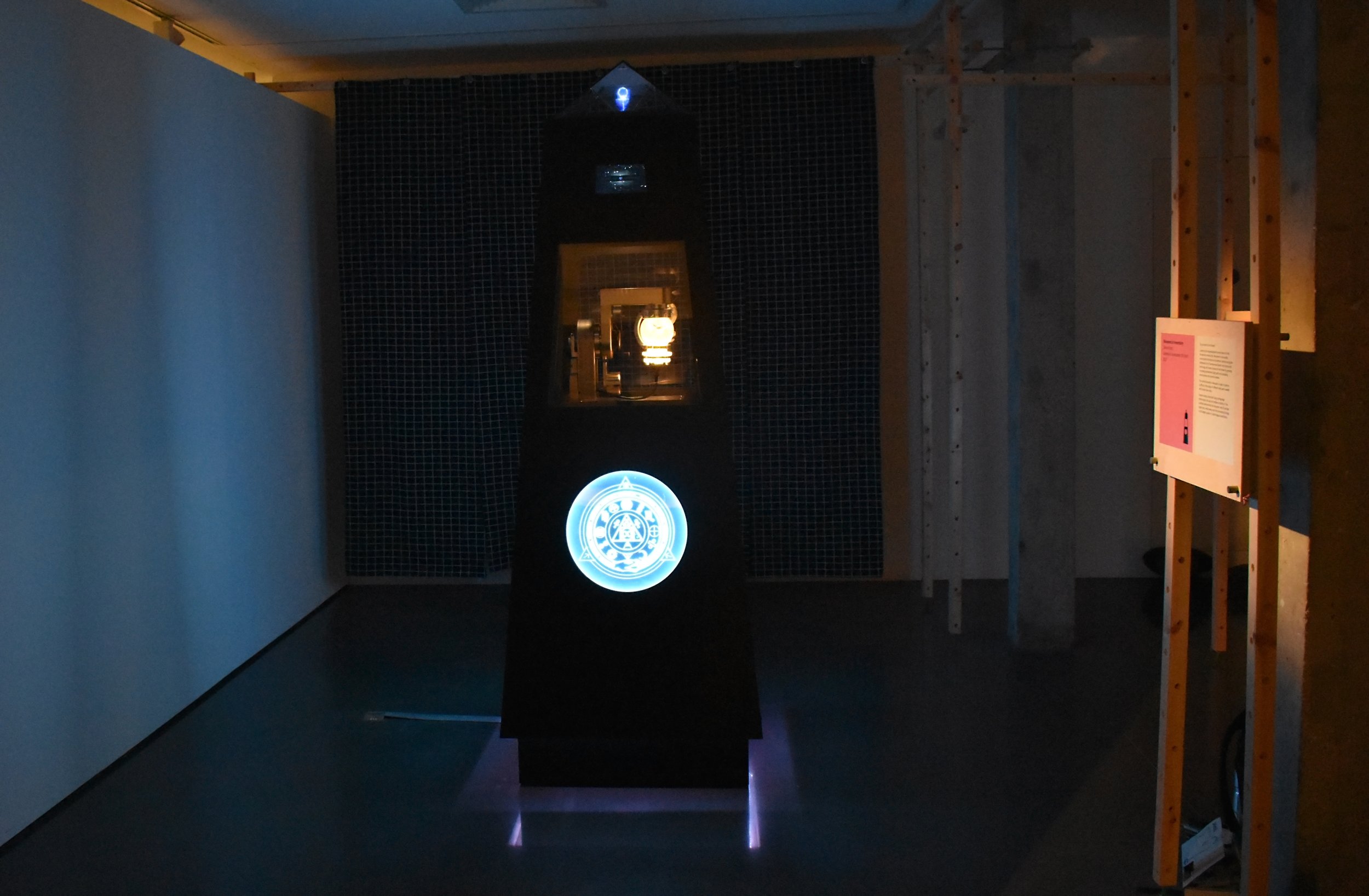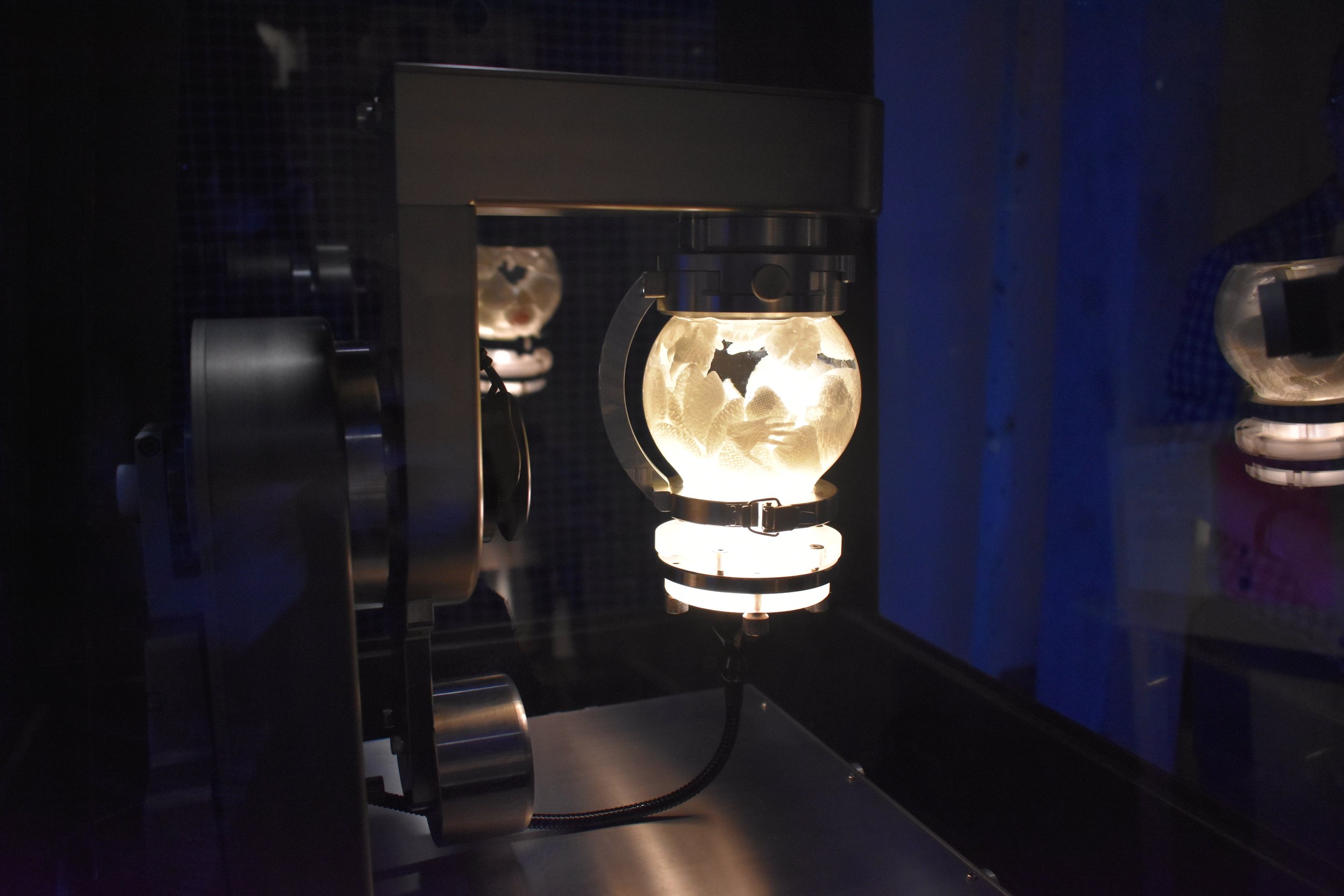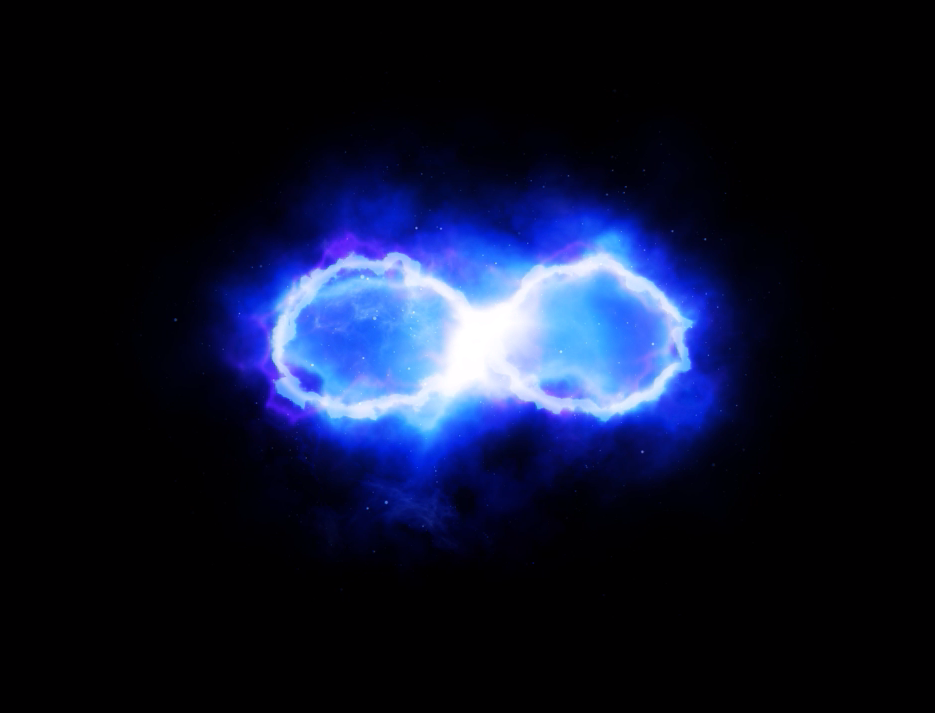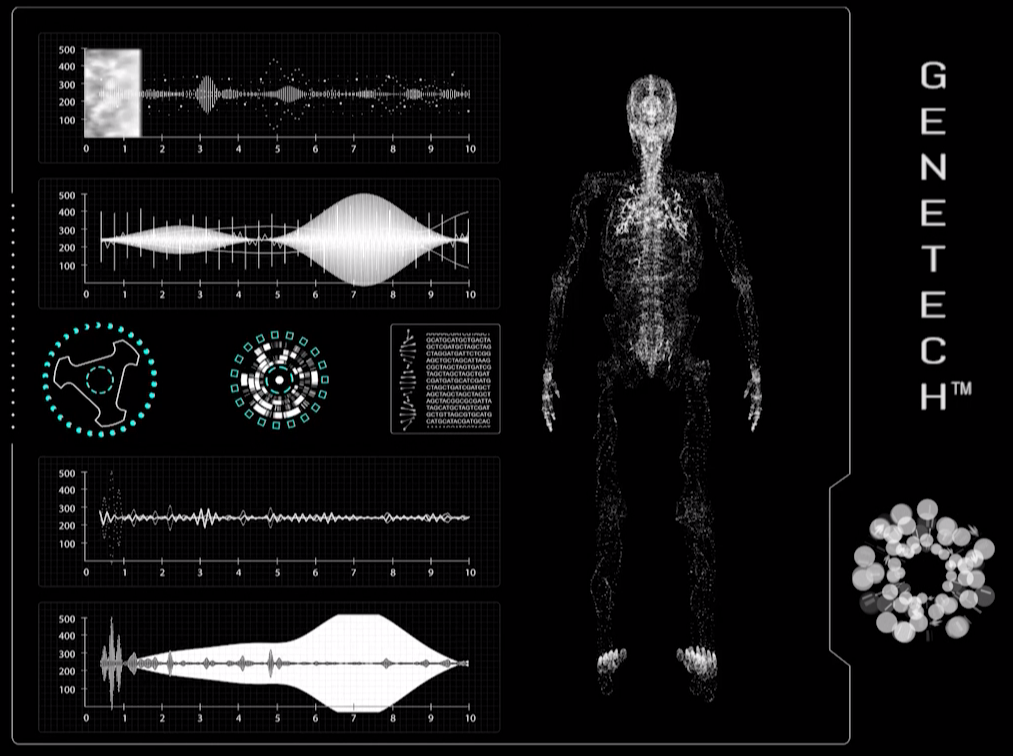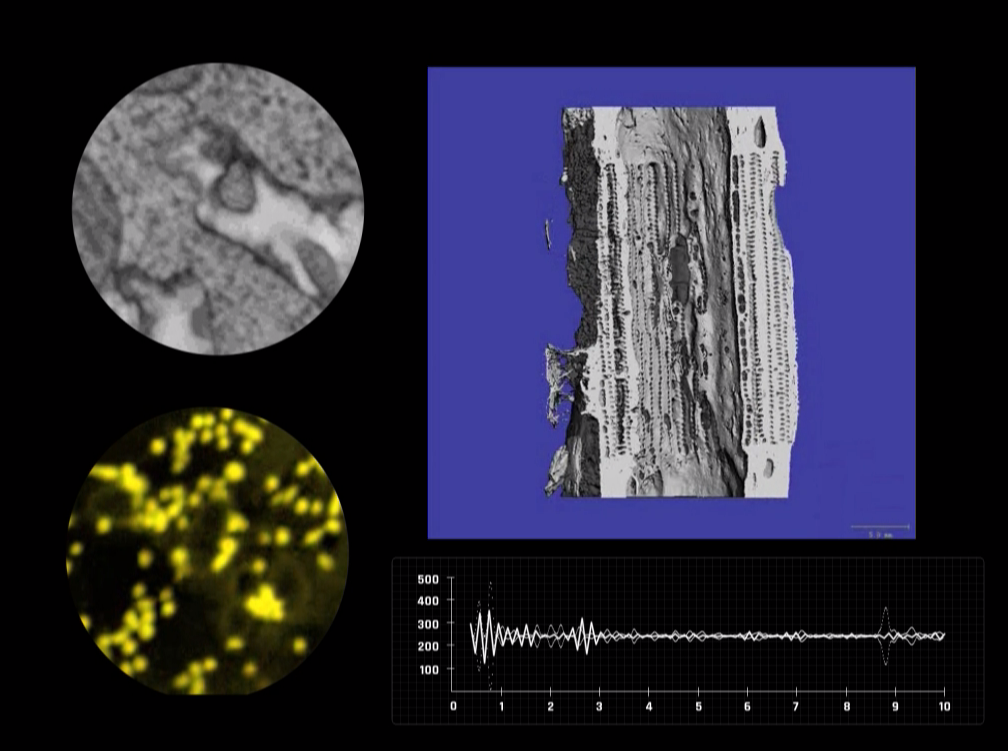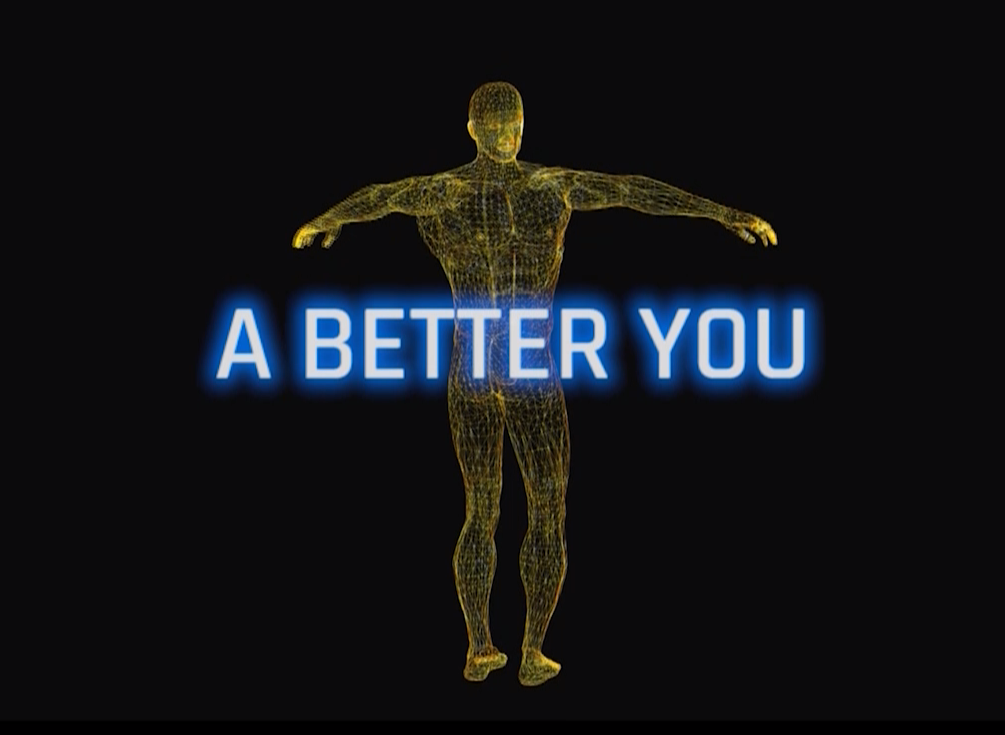Monument to Immortality [Collaborative]
'Monument to Immortality', developed a collaboration between Svenja Kratz, Bill Hart and Dietmar W. Hutmacher, comments on the long-established human desire to control the elements and nature in order to find the secret to eternal life. The monument incorporates a range of sigils composed of historical and alchemical symbols such as the Philosophers Stone as well as references to the Transhumanist movement and the belief that science and technology will enable humans to live forever by growing or printing replacement bodies and body parts and mapping, storing and uploading consciousness into customised avatars or via modern biotechnology manufactured tissue constructs.
The monument embraces a central biaxial bioreactor showcasing a range of highly porous scaffolds in the shape of different body parts (torso, skull, hand, heart) seeded with human cells. While using cutting-edge technologies such as 3D printing, the size and relative simplicity of the scaffolds indicate that the development of lab-grown organs are still science fiction and that the bodies own biology is still largely regarded as superior to tissue engineered substitutes. Indeed, many scaffolds for tissue regeneration are designed to harness the body’s repair mechanisms and dissolve as they are replaced by human cells and tissue.
Videos placed on the exterior of the monument showcase live footage of the scaffolds in the bioreactor chamber. Additional video screens comment on the power of visual culture and influence of advertising, popular science imagery and science fiction on public perceptions of technological progress and the potential of future technologies. The videos include a mixture of medical graphics, stock footage and clips that pay homage to cult sci-fi movies about technological enhancement and mind upload from the early 90s to the present. The pyramid housing at the top of the monument includes a hologram that references the concept of the soul or spirit both being a vital force of life.
In combination, the different elements encourage viewers to envisage their own position regarding engineered immortality. Is eternal life possible or are we being sold an impossible dream? Are technological advances just the next iteration in a string of ‘staying alive’ and ‘resurrection’ narratives? Is immortality desirable? How would you augment or improve your body or cognitive capabilities via technology if you had the choice? Will you still be you if you change your body and enhance your mind? Is technology really superior and preferable to biology? In the future, who will have access to these technologies? Will eternal life be only accessible to the wealthy and well connected?
Monument to Immortality was exhibited as part of the Spare Parts exhibition at Science Gallery London in 2019.
PROJECT DETAILS:
Svenja Kratz, Dietmar W. Hutmacher and Bill Hart, Monument to Immortality, 2018. Mixed Media: PLY, Bioreactor, Biodegradable Scaffolds, Video, Mirror Hologram, LEDs
